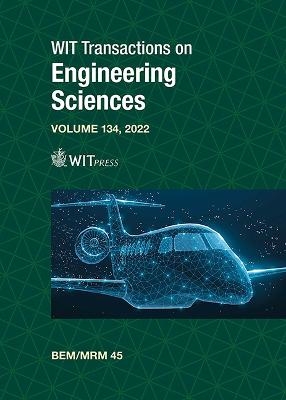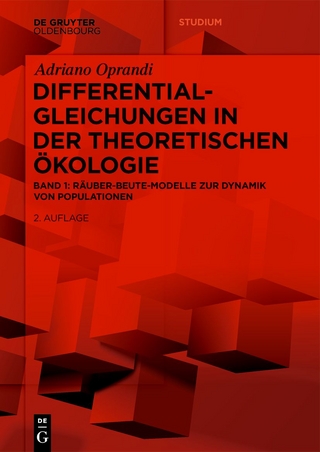
Boundary Elements and other Mesh Reduction Methods XLV
WIT Press (Verlag)
978-1-78466-459-6 (ISBN)
Advances in techniques that reduce or eliminate the type of meshes associated with finite elements or finite differences are reported in the papers that form this volume.
As design, analysis and manufacture become more integrated, the chances are that software users will be less aware of the capabilities of the analytical techniques that are at the core of the process. This reinforces the need to retain expertise in certain specialised areas of numerical methods, such as BEM/MRM, to ensure that all new tools perform satisfactorily within the aforementioned integrated process.
The maturity of BEM since 1978 has resulted in a substantial number of industrial applications of the method; this demonstrates its accuracy, robustness and ease of use. The range of applications still needs to be widened, taking into account the potentialities of the Mesh Reduction techniques in general.
The included papers originate from the 45th conference on Boundary Elements and other Mesh Reduction Methods (BEM/MRM) and describe theoretical developments and new formulations, helping to expand the range of applications as well as the type of modelled materials in response to the requirements of contemporary industrial and professional environments.
Section 1: Fast multipole BEM
Accurate fast multipole scheme for the boundary element analysis of three-dimensional linear potential problems; Characterization of vector fields based on an analysis of their local expansions
Section 2: Fluid flow modelling
Stokes flow induced drag and torque on asbestos-like fibres cannot be estimated by a simplistic ellipsoidal approximation; Finite line method for solving convection–diffusion equations
Section 3: Integral equation
Quadrature rule for singular integrals in common engineering problems; Singular and hypersingular integral equations in fluid–structure interaction analysis; Implications of Stokes–Cartan theorem to time-harmonic acoustic boundary integral equation; Integral equations for modelling of fracture initiation and development in layered poroelastic media
Section 4: Advanced meshless and mesh reduction methods
Kernel-based methods for solving surface partial differential equations; Localized singular boundary method for solving the convection–diffusion equation with variable velocity field; Certain relations between the main matrix condition number and
multiquadric shape parameter in the non-symmetric Kansa method; Recent advances in localized collocation solvers based on semi-analytical basis functions
Section 5: Solid mechanics
Effect of curvatures in the buckling analysis of perforated plates using the boundary element method; Indentation of thin coatings: Theoretical and experimental investigation
| Erscheinungsdatum | 25.07.2022 |
|---|---|
| Reihe/Serie | WIT Transactions on Engineering Sciences ; 134 |
| Verlagsort | Southampton |
| Sprache | englisch |
| Maße | 178 x 254 mm |
| Themenwelt | Mathematik / Informatik ► Mathematik ► Analysis |
| Mathematik / Informatik ► Mathematik ► Angewandte Mathematik | |
| ISBN-10 | 1-78466-459-6 / 1784664596 |
| ISBN-13 | 978-1-78466-459-6 / 9781784664596 |
| Zustand | Neuware |
| Haben Sie eine Frage zum Produkt? |
aus dem Bereich


